
Joining PNWA connects you to a vital community of writers. Our mission is to develop writing talent from pen to publication through education, events, accessibility to the publishing industry and great member benefits
Editor’s Blog
I was taking questions at the end of a class years ago when a gloomy fellow at the back of the room raised his hand. “My problem with writing,” he said, “is the selling and marketing of my stories. I don’t do this to prostitute myself.”
I told him I had nothing but confidence in him, but that he had to make sure to write like Chris, and not to try to write like Salinger or Joyce or Hemingway. That should be easy for a natural storyteller like him, but I knew how people could get in their own way.
I’m not a big fan of AI, though it’s clearly here to stay. Also, admittedly, when I need, say, an image of an anthropomorphized duck with a monocle writing in an ancient journal – which, because of my enduring love of roleplaying games, I occasionally do – it’s pretty handy.
When I decided as a young man that I wanted to write books professionally, my life, unbeknownst to me at the time, quickly became an ongoing lesson in acceptance and rejection.
It's not uncommon for a new writer to review their life and conclude that nothing they did was worthy of a story. Nothing was important enough or surprising enough or shocking enough.
I’ve been interviewing a lot of memoirists lately, and I’m always reminded when I do so of who I think the author might be when I read their book, and who I discover they actually are when I meet them.
You’re never going to get it right. Not the way you think you should. Not the way you think someone else has.
Free speech sometimes seems like a good idea for ourselves but maybe not for other people.
Interviews
Stephen Greenblatt is Cogan University Professor of the Humanities at Harvard University. He has written extensively on English Renaissance literature and acts as general editor of The Norton Anthology of English Literature and The Norton Shakespeare. He is the author of fifteen books, including The Swerve, winner of the Pulitzer Prize and National Book Award, and Will in the World, a Pulitzer Prize finalist. Dark Renaissance is his latest.
Sue William Silverman is an award-winning author known for her fearless explorations of trauma, identity, and personal transformation. Her latest book, “Selected Misdemeanors: Essays at the Mercy of the Reader,” showcases her signature blend of lyricism, insight, and unflinching honesty.
Bernice L. McFadden is an Assistant Professor of Creative Writing at Tulane University and the author of several critically acclaimed novels, including Sugar, The Warmest December, Loving Donovan, Nowhere Is a Place, Glorious, Gathering of Waters (a New York Times Editors' Choice and one of the 100 Notable Books of 2012), The Book of Harlan (winner of a 2017 American Book Award and the NAACP Image Award for Outstanding Literary Work, Fiction), and Praise Song for the Butterflies (long-listed for the 2019 Women’s Prize for Fiction).
Kate Russo, author of Until Alison and Super Host, grew up in Maine but now divides her time between Maine and the UK. She has an MFA in painting from the Slade School of Fine Art, and while living in London, she worked with the theatre group, Love Bites, who presented two of her short plays (“The Blind” and “Bernie's Night Off”) at the Calder Bookshop Theatre. She exhibits widely in the United States and England. Learn more at KateRusso.com and connect on Instagram @RussoKate.
Jane Friedman has spent her entire career working in the publishing industry, with a focus on business reporting and author education. Established in 2015, her newsletter The Bottom Line provides nuanced market intelligence to thousands of authors and industry professionals; in 2023, she was named Publishing Commentator of the Year by Digital Book World. Jane’s expertise regularly features in major media outlets such as The New York Times, The Atlantic, The Today Show, Wired, Fox News, and BBC
Megan Abbott is the Edgar-winning author of the novels Beware the Woman, The Turnout, Give Me Your Hand, You Will Know Me, The Fever, Dare Me, The End of Everything, Bury Me Deep, Queenpin, The Song Is You and Die a Little. Her most recent is El Dorado Drive.
Her writing has appeared in the New York Times, Salon, the Guardian, Wall Street Journal, the Los Angeles Times Magazine, and The Believer. Her stories have appeared in multiple collections, including the Best American Mystery Stories of 2014 and 2016.
NELL JOSLIN is a native of Raleigh, North Carolina and received her MFA from North Carolina State University. Besides a fiction writer, she has been a public school teacher, medical librarian, copy editor, freelance journalist, stay-at-home mom, and attorney (although not all at the same time). She currently lives in Raleigh. Find her online at measureofdevotion.com
Nancy Kricorian, who was born and raised in the Armenian community of Watertown, Massachusetts, is the author of four novels about post- genocide Armenian diaspora experience, including Zabelle, which was translated into seven languages, was adapted as a play, and has been continuously in print since 1998. Her essays and poems have appeared in The Los Angeles Review of Books Quarterly, Guernica, Parnassus, Minnesota Review, The Mississippi Review, and other journals.
Elizabeth Rose Quinn is a novelist and screenwriter. She graduated with a BA in English from UC Berkeley and a master’s degree in marriage and family therapy. Born and raised in Berkeley, California, Elizabeth lived in Los Angeles for fifteen years while working in production and writing for television. She is married with two children and currently lives in New Mexico. In addition to traveling and exploring nature with her family, Elizabeth loves rolling fresh pasta, swimming in the Pacific Ocean, and looking for rainbows in the desert sunsets.
Acclaimed as the Oliver Sacks of fiction and the Michael Crichton of brain science, Lisa Genova is the New York Times bestselling author of More or Less Maddy, Still Alice, Left Neglected, Love Anthony, Inside the O’Briens, and Remember: The Science of Memory and the Art of Forgetting. Still Alice was adapted into an Oscar–winning film starring Julianne Moore, Alec Baldwin, and Kristen Stewart. Lisa graduated valedictorian from Bates College with a degree in biopsychology and holds a PhD in neuroscience from Harvard University. She is featured in the documentary films To Not Fade Away and Have You Heard About Greg. Her TED talks on Alzheimer’s disease and memory have been viewed over eleven million times. Her latest novel is More or Less Maddy.
Articles
When I first began freelancing, it could get lonely. It was not like other jobs where you have coworkers with whom to bounce ideas off or solve problems, but writers need watering holes, too. Sometimes there is no one else that understands what you’re going through better than those who have been through it as well
I groaned as my high school English teacher told the class that our senior research papers needed to include an outline. I loved writing; I hated outlines. Since I ended up writing never looked anything like the outline I created at the beginning of the assignment, I often wrote the paper first and then created the framework page she required.
Driving down I-75 in Atlanta, a billboard blared: “Your Wife Is Hot! And she’s getting hotter!” In smaller print, the sign advertised an air conditioning company. I found the innuendo worth pondering. The writerly side of me mulled over creating a flash fiction on the double-entendre of “hotness.” I’d begin by saying Leroy’s wife was leaving him because after all she was much HOTTER than poor Leroy. When you read on, you’d find, the Mrs. was leaving her conjugal nest, not for another fella, but for her mom’s house where the AC worked. This is how a nugget of an idea mushrooms into a vignette! Surprise twists make stories interesting.
In 2021, I set out to write a book that had slowly been forming in my head for years. I work in creating affordable housing, and I’d always wanted a book I could leave behind with community groups, policymakers, and the like. Developing affordable housing is complicated and full of obscure jargon, but it’s all learnable. I wanted to write a book that would demystify what affordable housing is, how it works, what we’ve tried, and what is necessary to fix this housing crisis.
When I first buckled down to seriously pursue my writing journey in my mid-20s, I had no intention of writing short stories. I wanted to pen the next great fantasy series, something akin to George R.R. Martin's A Song of Ice and Fire or Joe Abercrombie's The First Law Trilogy. What I discovered is that such series are tremendously difficult to create, especially as a newbie. Nevertheless, I persevered, and my writing improved, albeit at a slow rate.
Oft-quoted Virginia Woolf famously expressed her opinion that “a woman must have money and a room of her own if she is to write fiction.” Most writers remember the section of her quotation regarding the needed room—a place for creation, a sanctuary for expression, an atelier for sundry artistic pursuits. I agree. (I also concur with the part about having an income.)
I write memoirs and sometimes my recollections are a bit hazy. I find that props help provide clarity. The publishing industry is rife with books and online writing classes that offer prompts to prime the creative juices. While writing prompts are useful exercises that may lead to deeper reflection, I love writing props to stimulate memories and jump-start the narrative.
I participated in a reading at a bookstore to promote a writing group’s latest anthology of fiction. My niche remains the inspirational and humorous non-fiction narrative although I’ve penned novels.
Have you ever done a ton of research for an article? Have you ever wished you could do more with that research? Research is time-consuming, and if you’re like me, you find other interesting topics to check out that lead down those dreaded rabbit holes. If you’re wise, you will use that research to the fullest and turn out more than one article, story, or listicle to get the most money for your work. Don’t be afraid to recycle and repurpose to fit the needs of multiple publications.
Our purpose in writing nonfiction with a historical element is to inform and to entertain our target audience. That delicate balance is the challenge of creative nonfiction. How do we ensure that when we share colorful stories from the past we still apply the highest standards of accuracy available to us? This was the balance I aimed for after I had researched and photographed forty locations for my book ‘Paranormal Gloucestershire.’
Inspiration
Tom Rob Smith, Jamie Ford, Nicola Griffith, Jussi Adler-Olsen, and Stella Cameron on why stories matter.
Ingrid Ricks, Theo Pauline Nestor, Katie Hafner, and Gregory Martin discuss the challenges of writing memoir.
Lessons learned from the writing life, featuring Cheryl Strayed, Elizabeth George, Thirty Umrigar, Deb Caletti, and more . . .
Advice and inspiration from Wally Lamb, Clive Clussler, Lee Child, Stephanie Kallos, and more.
Inspiring advice from Sir Ken Robinson, Yann Martel, Gary Zukav, Andre Dubus III, and more.

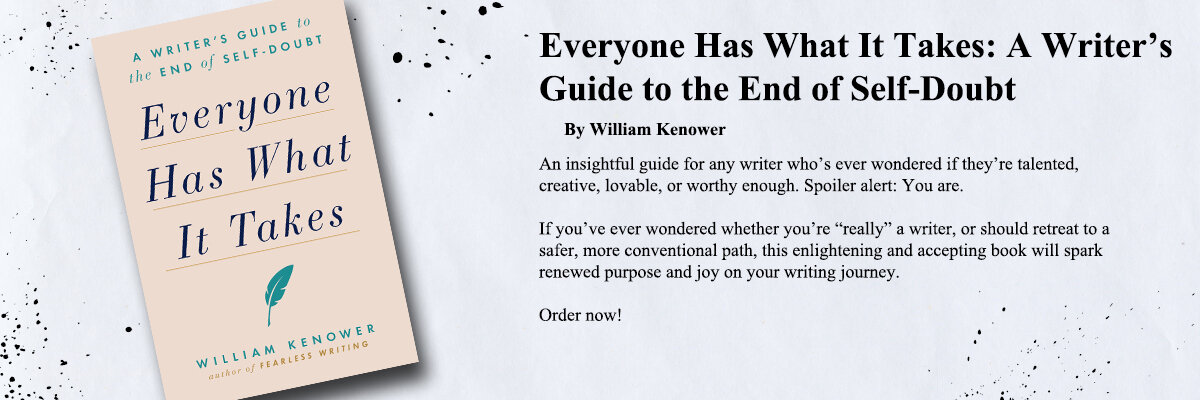
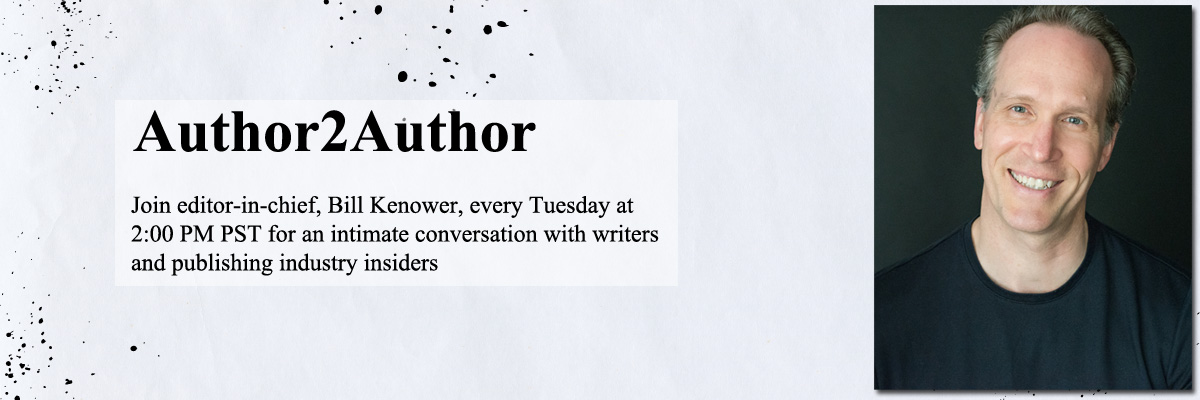
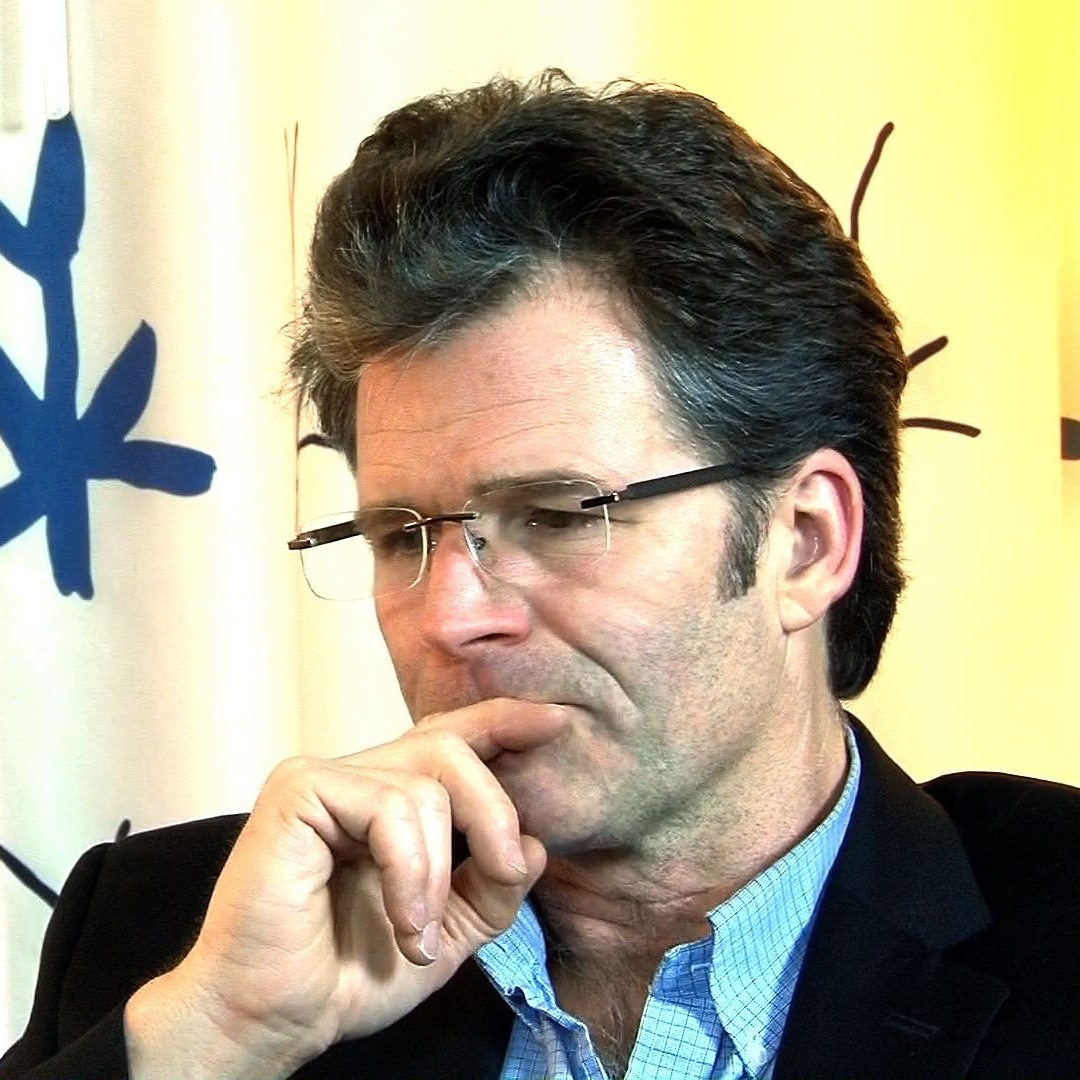
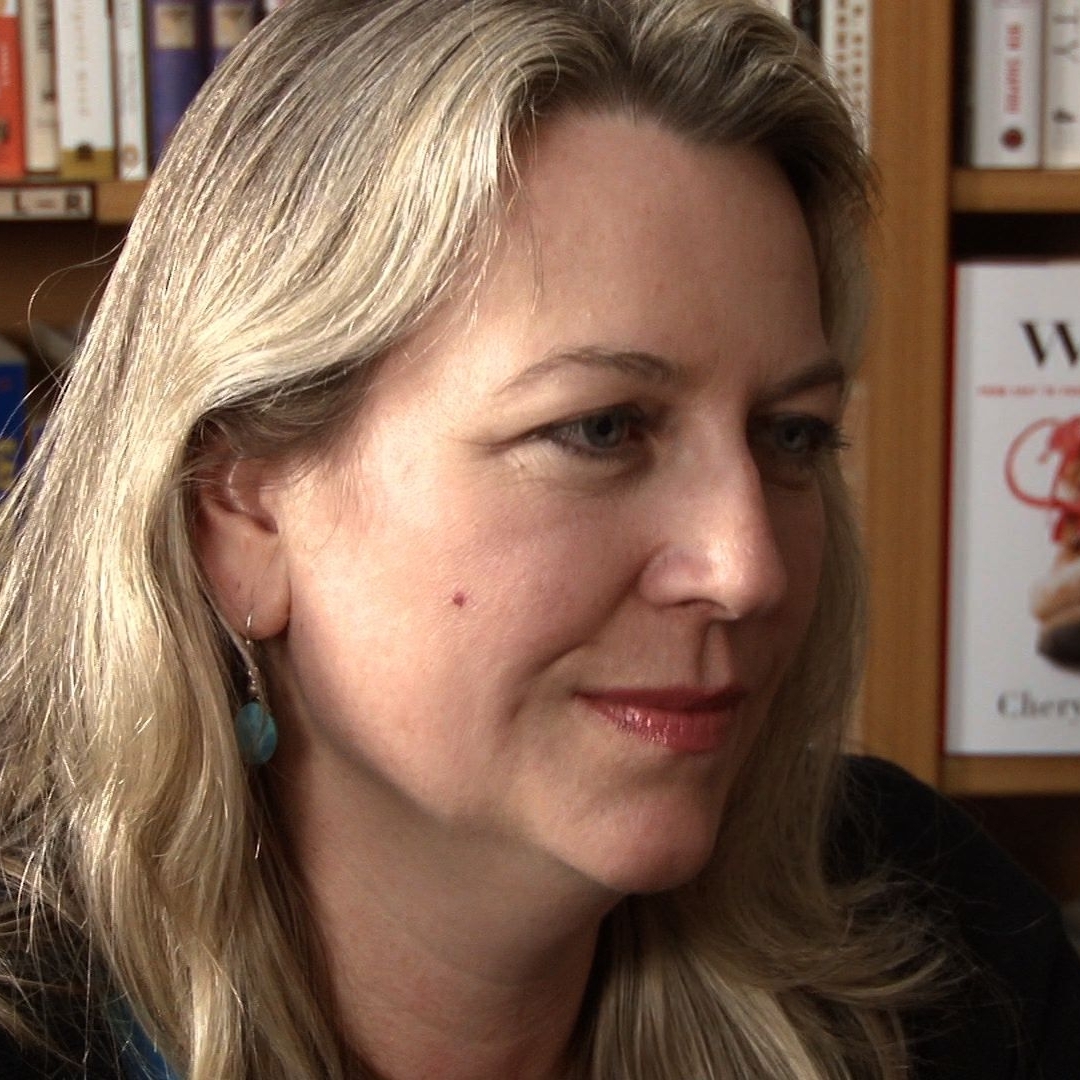
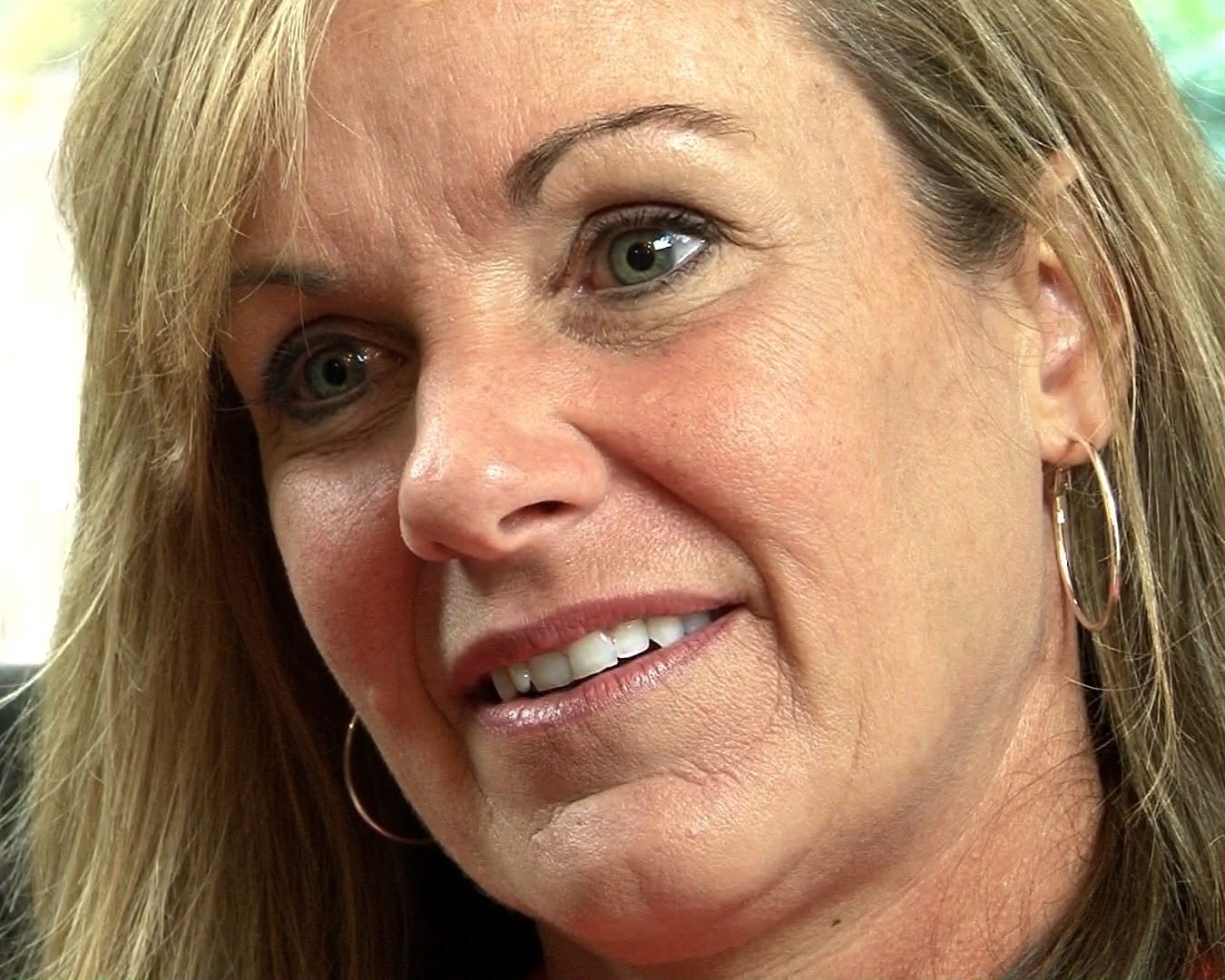
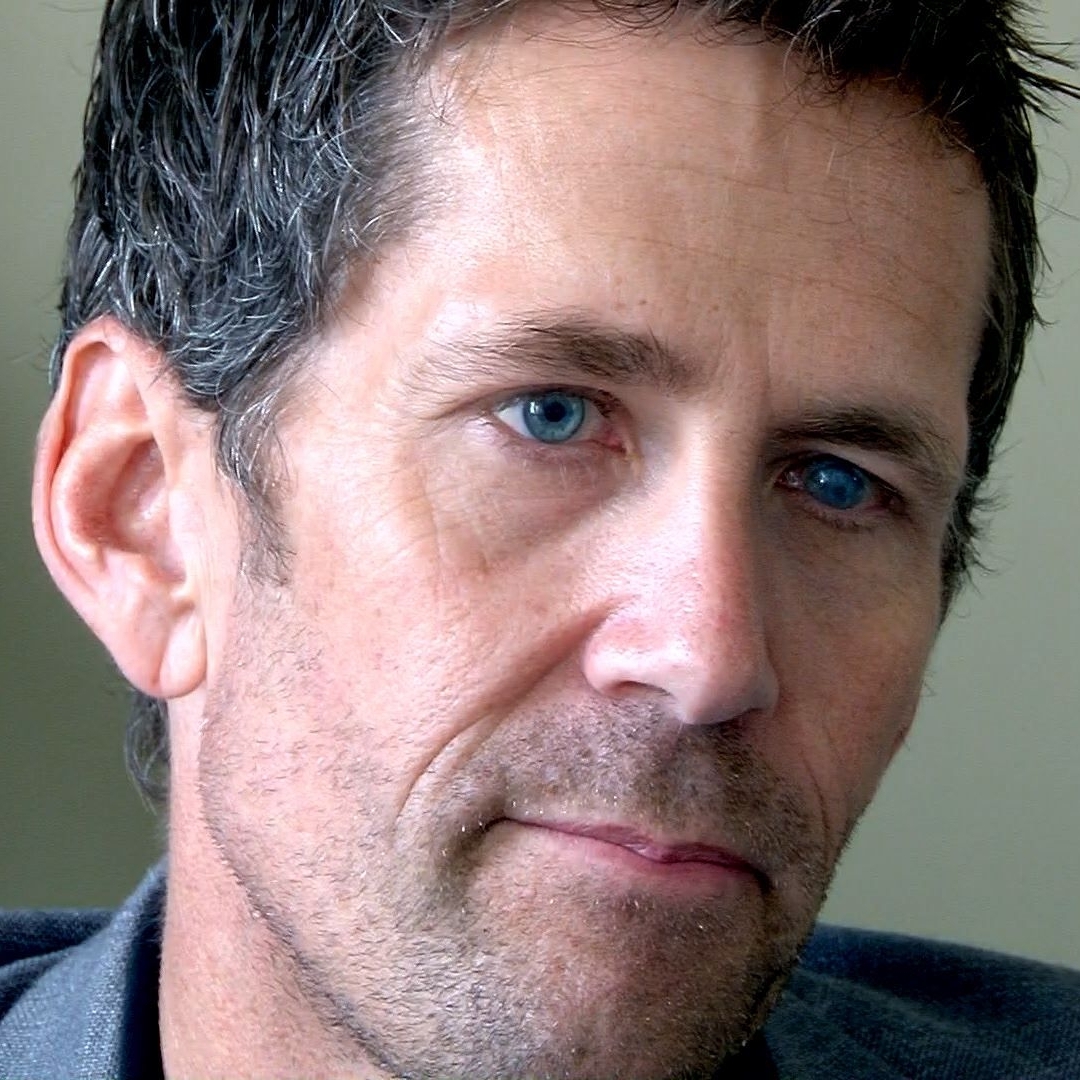
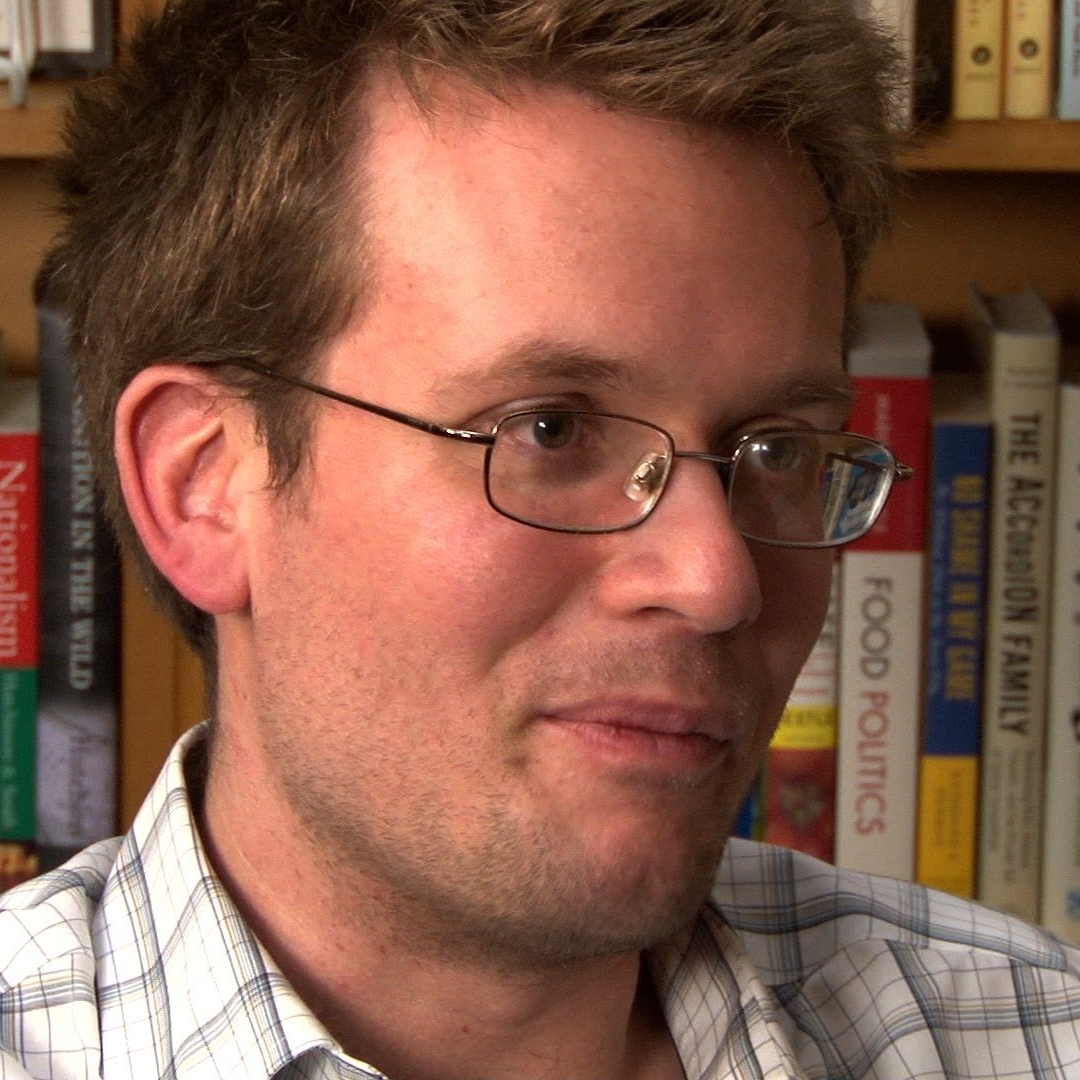













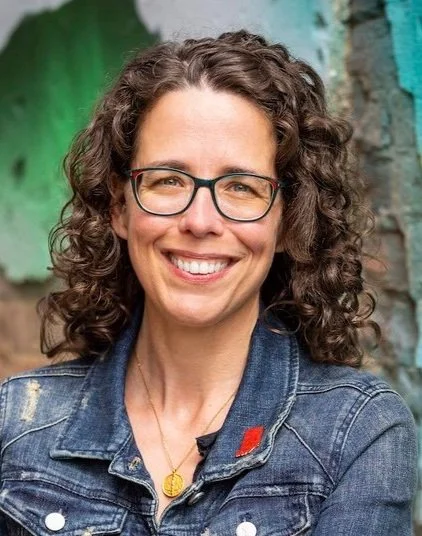
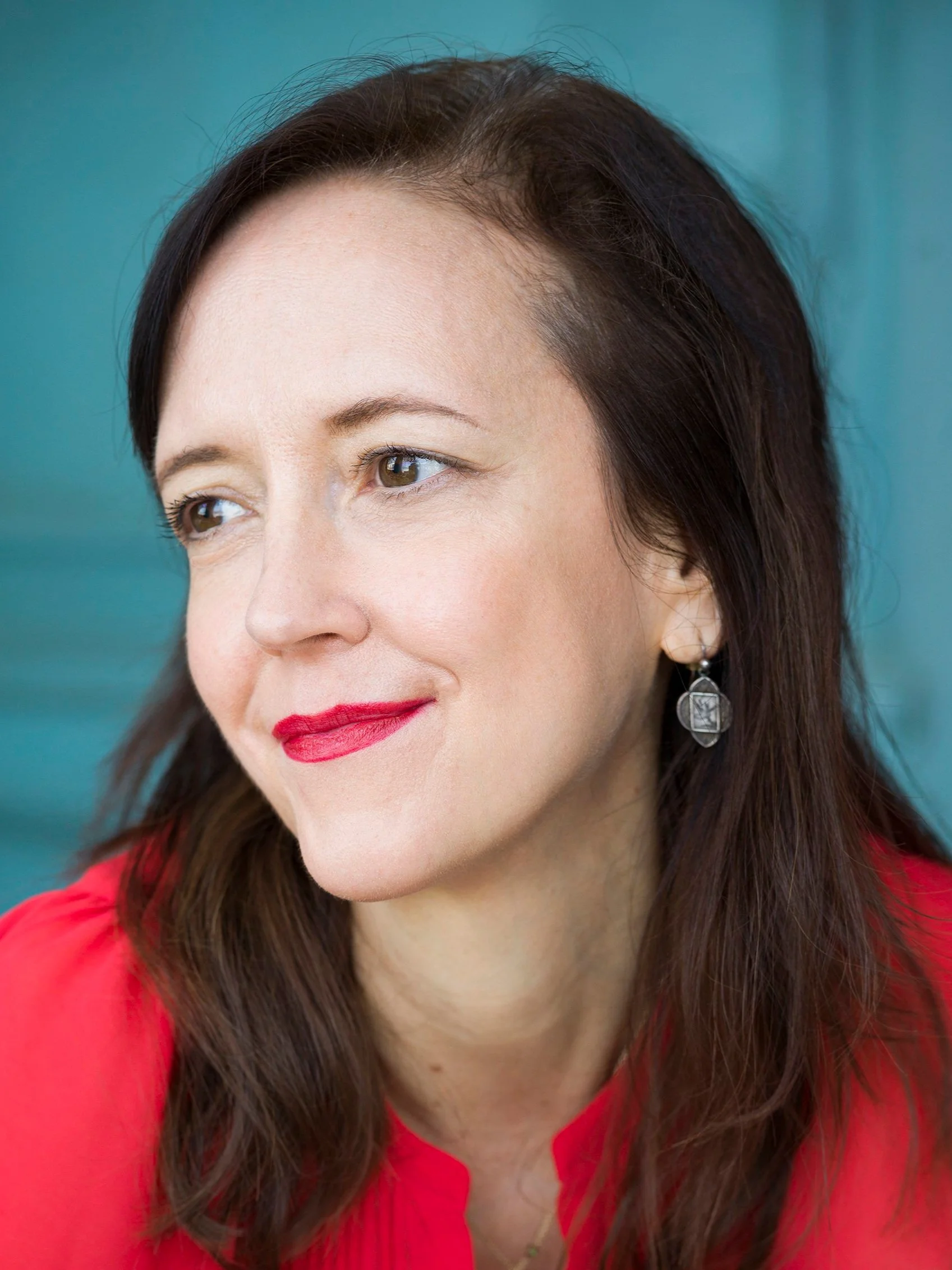
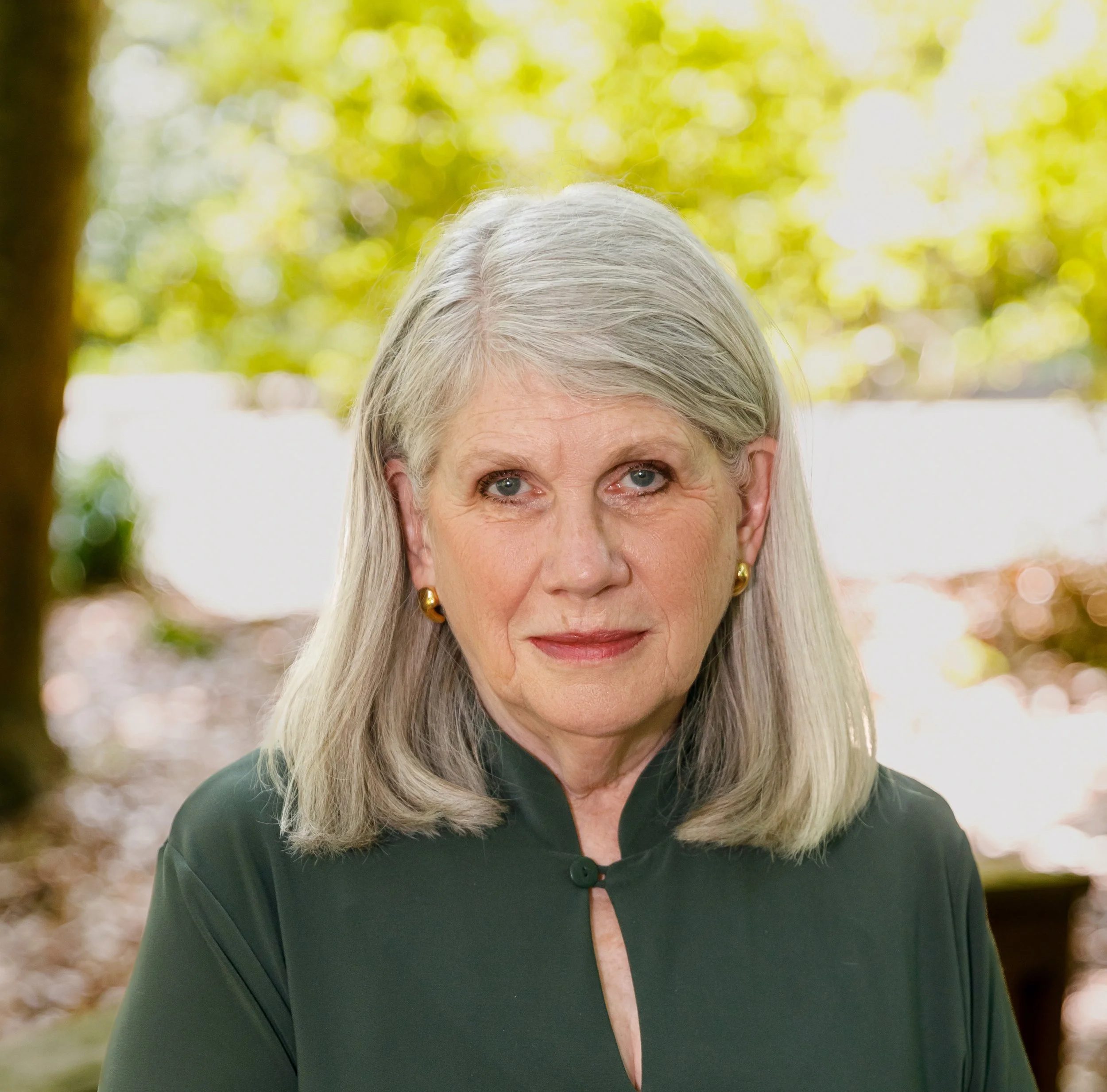
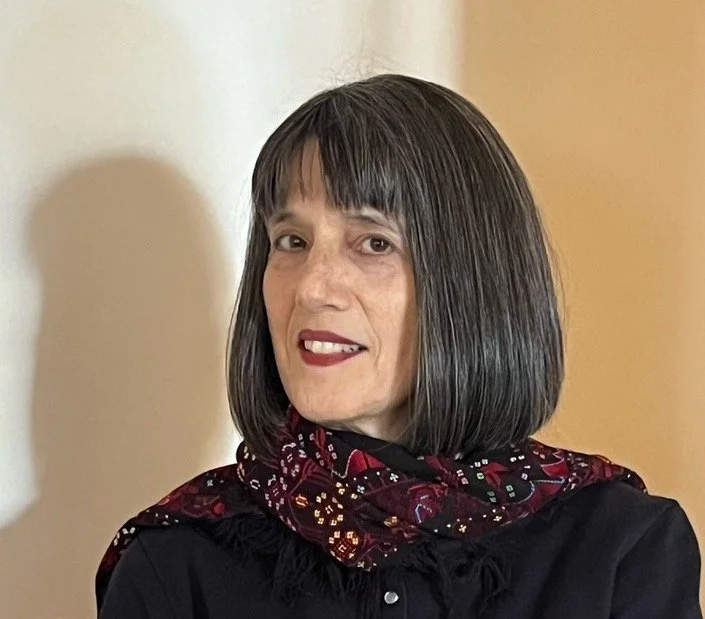












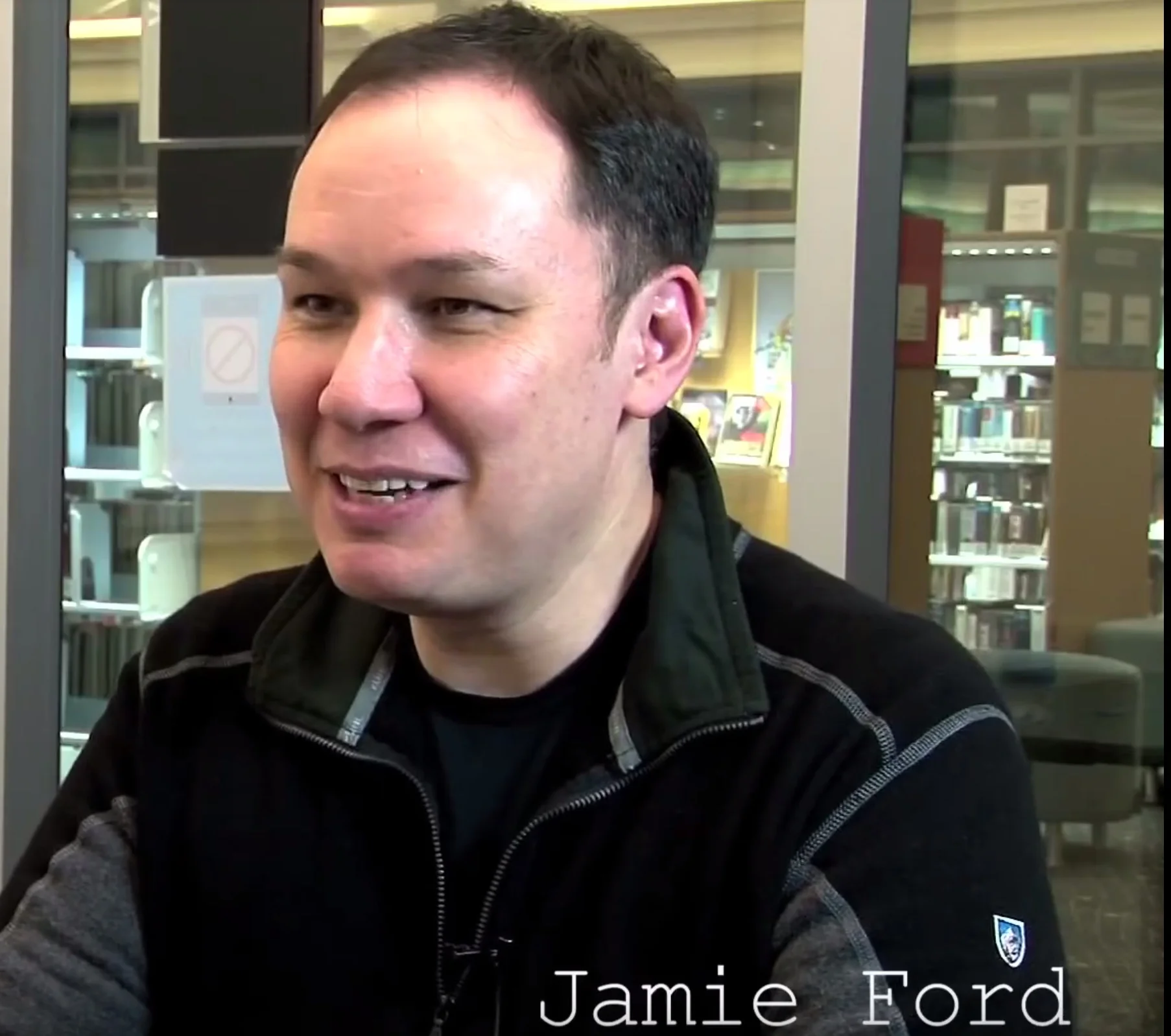
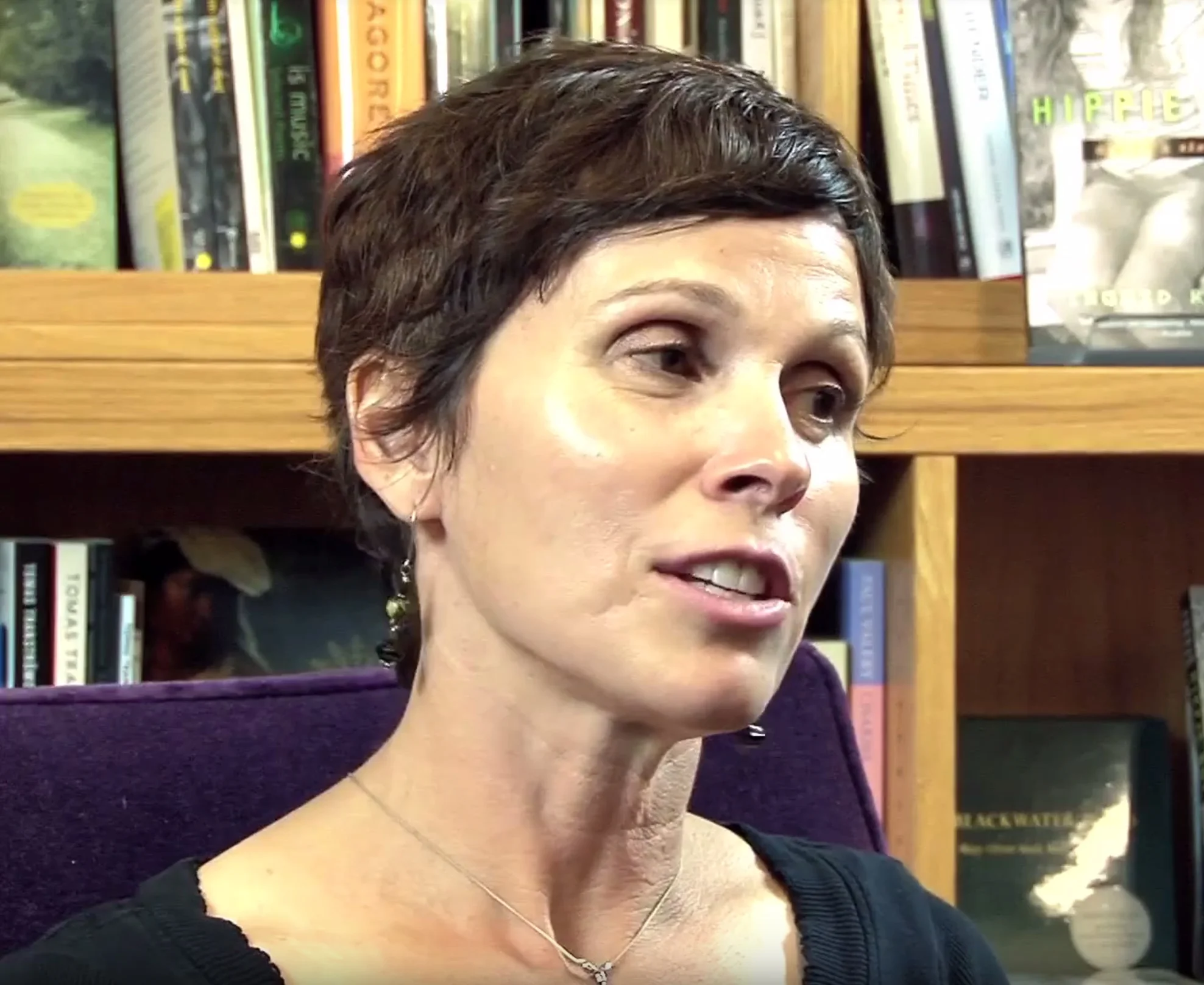
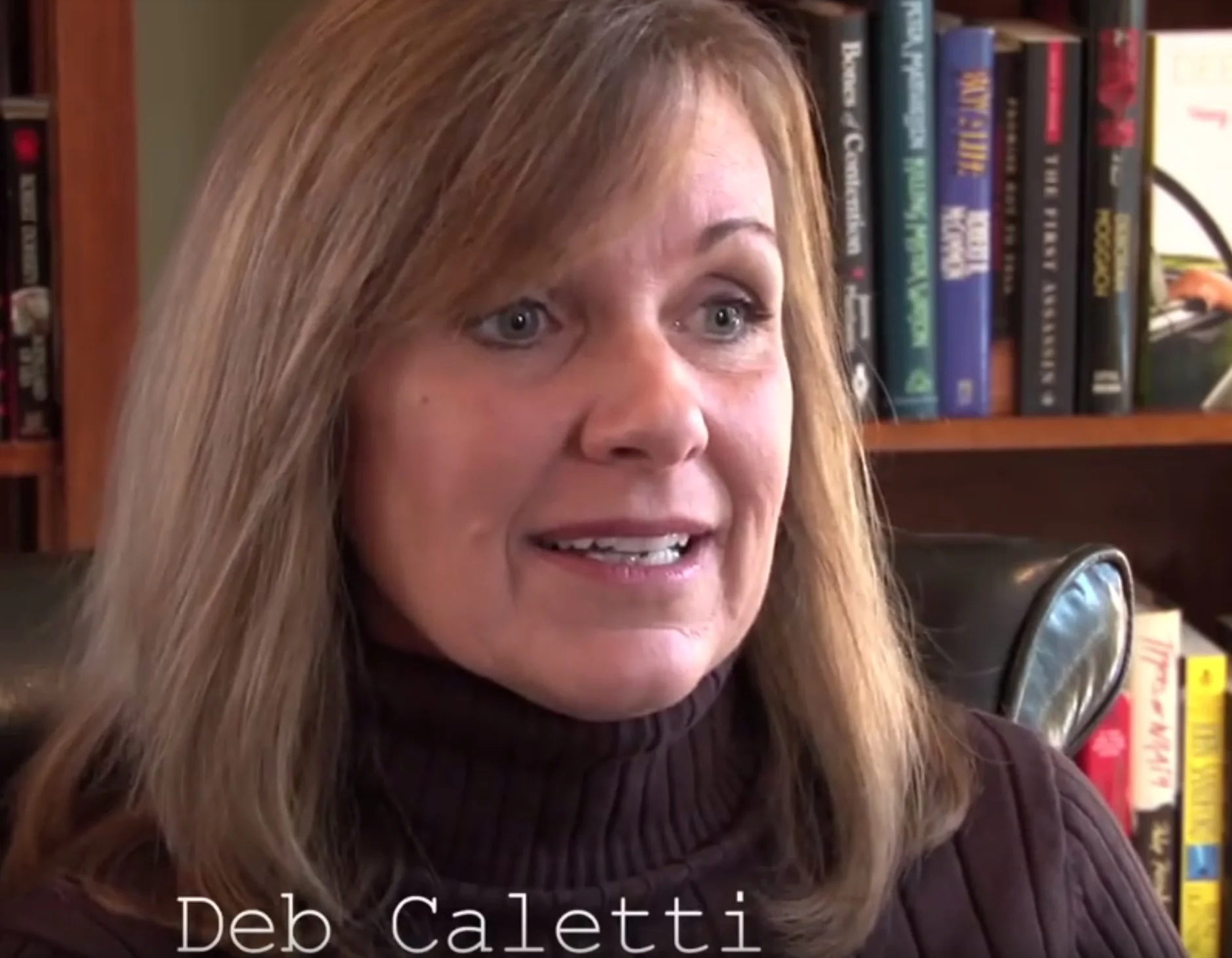
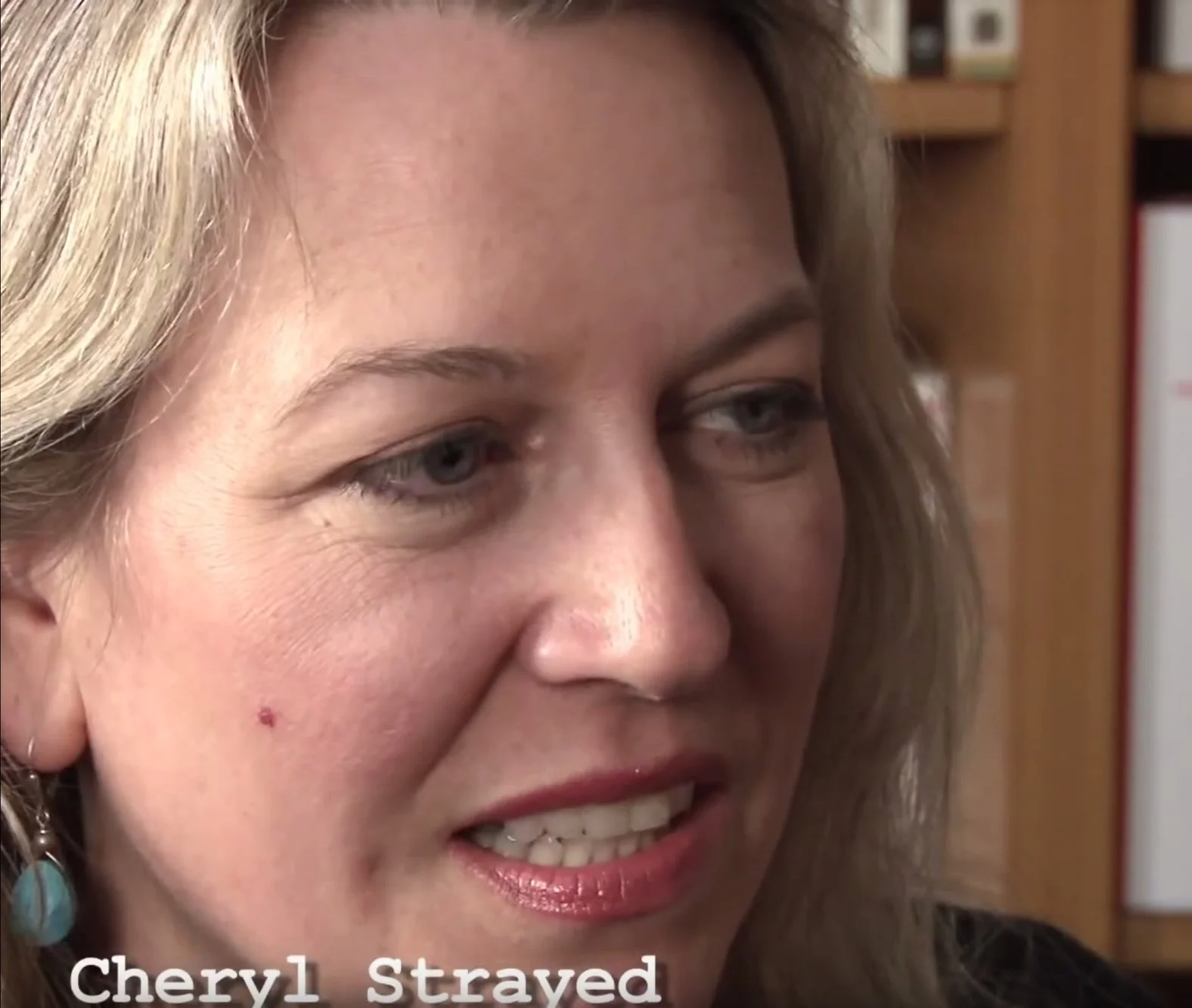
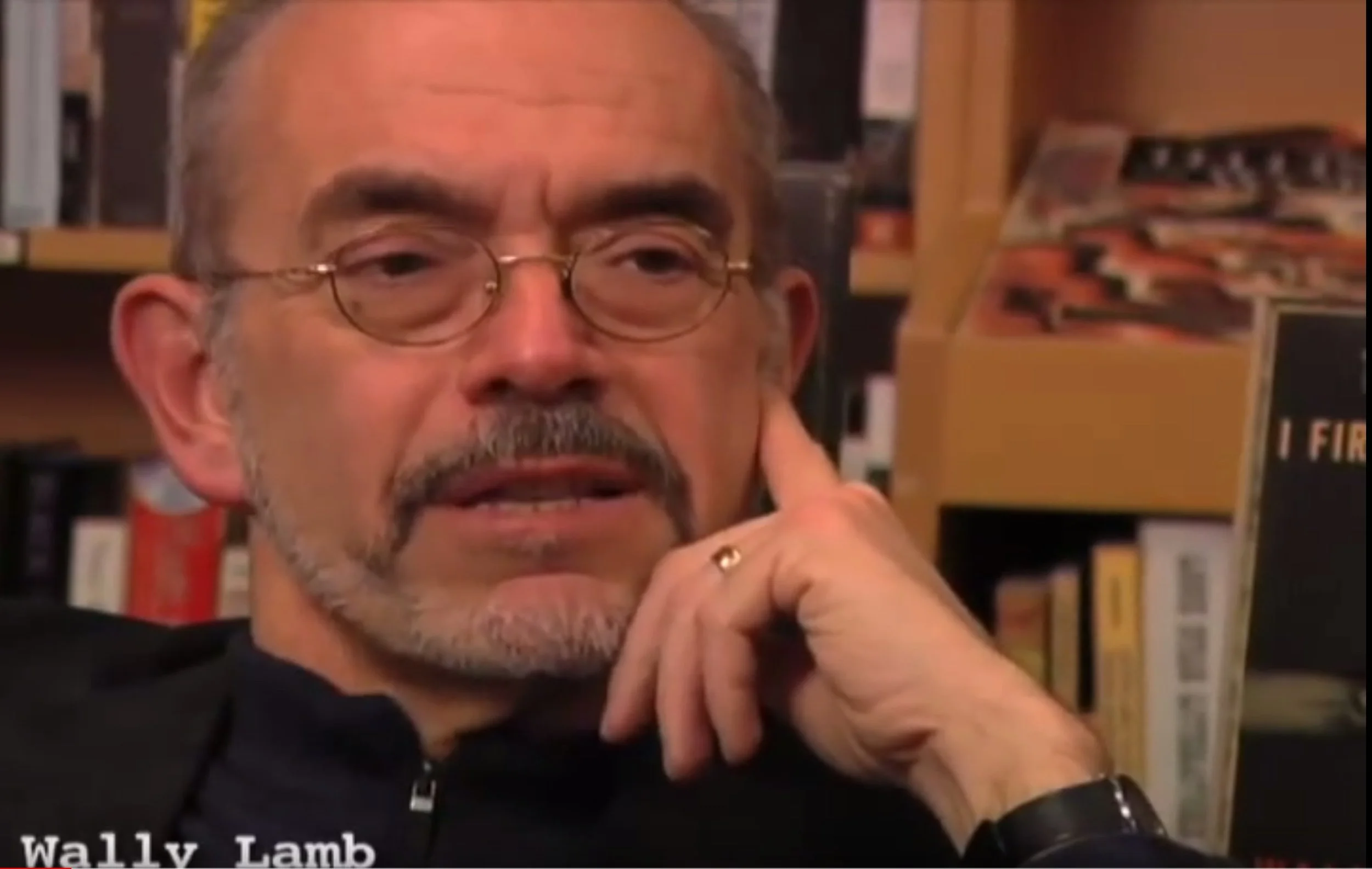
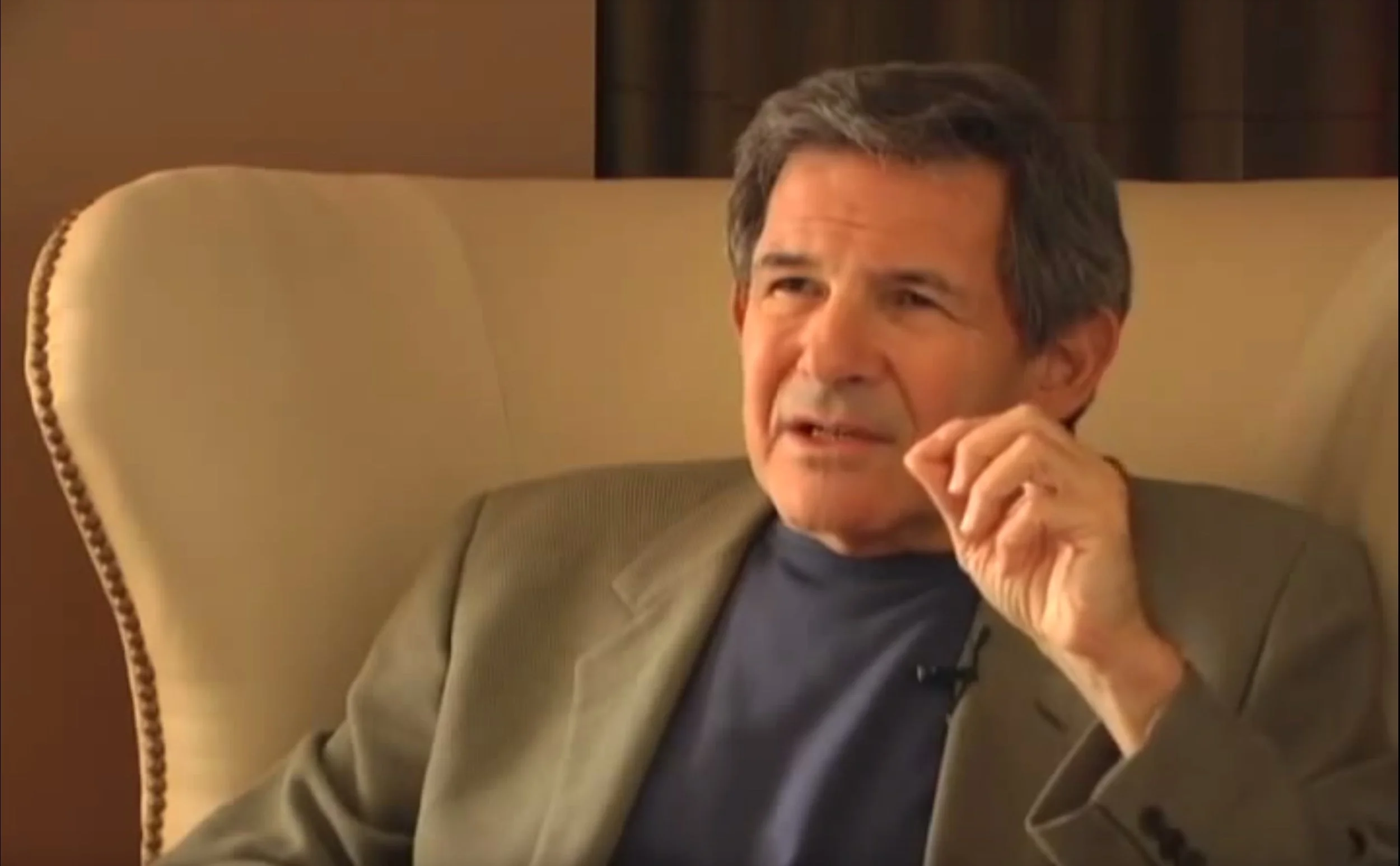
You also can’t believe some people get good ideas and some people don’t. Maybe you’re one of the “unlucky” ones to whom inspiration is doled out in meager doses. What’s to be done then but complain and envy others?